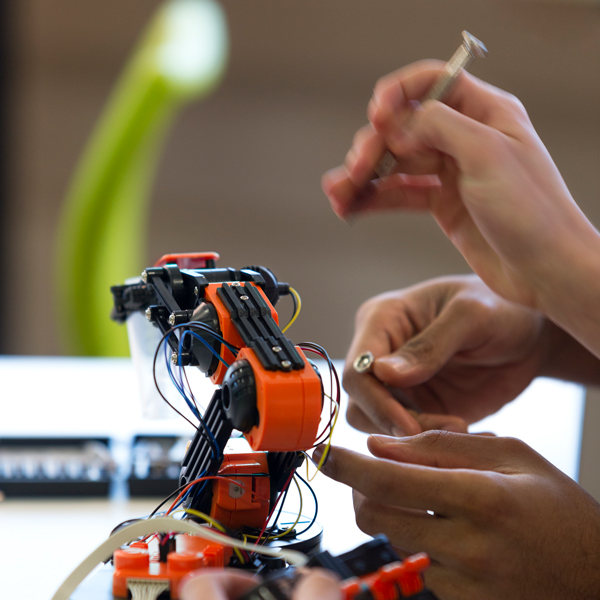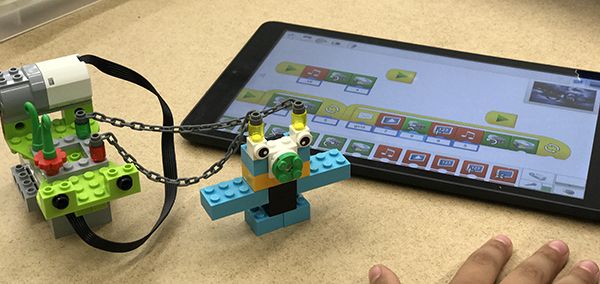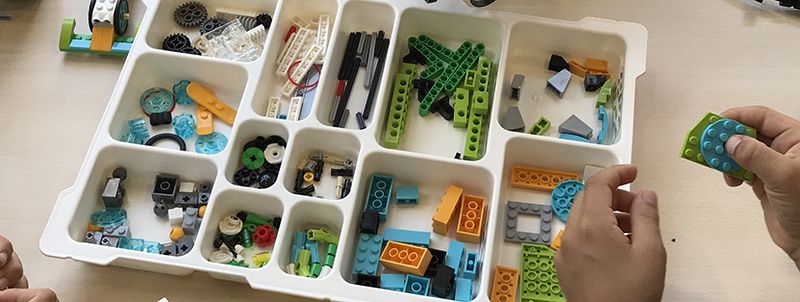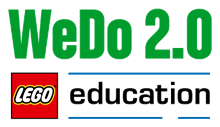
Robotics
Interrelated in all educational areas based on an active, cooperative and participatory methodology.
Educational robotics aims to make it easier for students to learn physical (energy, force, speed) and mathematical (trigonometry, geometry) concepts and to discover programming, working in a fun, mechanical and electronic way. And also to promote the development of initiative, creativity, teamwork, entrepreneurship and curiosity to discover.

At STP Training we understand educational robotics as a global and integrated interrelated experience in all educational areas based on an active, cooperative and participatory methodology.
Courses
Structured courses with different challenges, in which physical, mathematical and technological concepts are included. In this way, students work on concepts that they have studied in various subjects of the official school curriculum in a practical way.







